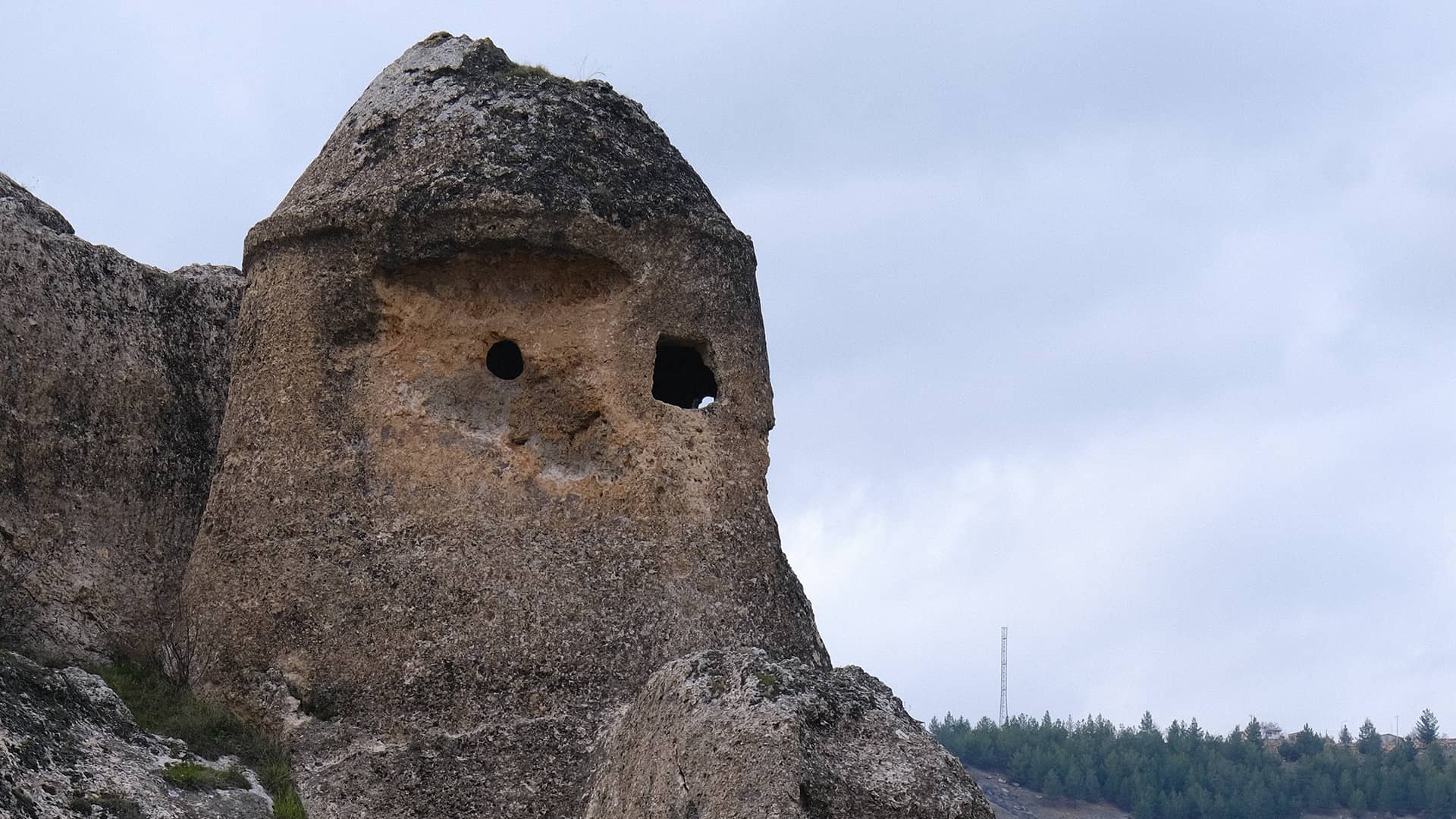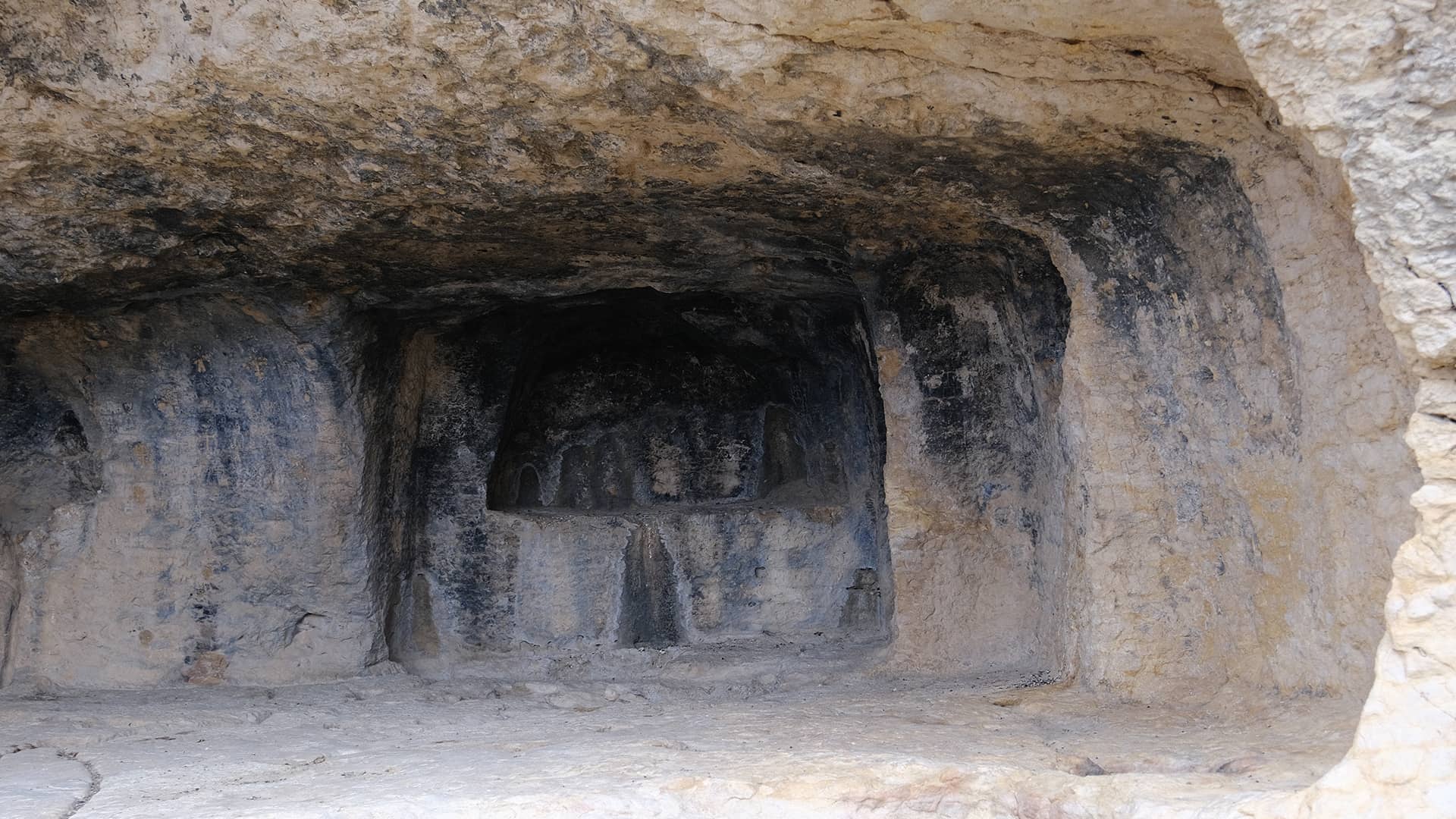

Faith Tourism in Eğil
There are a couple of significant mosques in Eğil, such as the Taciyan Grand Mosque. It was built in 1040 by Pir Bedir, one of the Eğil Beys after the Eğil Beylik was established. Another significant mosque is Eyyubiye Mosque. Based on its architectural features, it is estimated that the mosque, which is still open for worship, was built in the 18th century.
Eğil is of great importance not only for Islamic history but also for both Jewish and Christian history. It is known that before Islam, Assyrian culture had an intense influence on Diyarbakır and its surroundings, including Eğil. Christianity was dominant in the region at the height of the Assyrian reign.
Rock (Cave) Church is located inside the castle on the northwest side of Eğil Castle. It is estimated that the church was built in the 1st century CE. Cross motifs in many different forms were engraved on the walls, which have an important place in Christian iconography. For this reason, the church is almost a 'museum of the cross'.
Another important church in the region is the Şahveliyan Church. It is thought that the church, located in a valley opening to the Dicle (Tigris) River, was built in the 15th century. The walls and dome of the church are still standing.
There are also several tombs and monuments of important figures of the region. Thought to belong to Assyrian kings and surviving to the present day, the king's tombs, located on the shores of the Dicle Dam Lake northeast of Eğil Castle, were carved into the main rock and shaped like a dome. There are line-shaped king figures in the royal tombs, whose interior structure is arranged in the form of rooms.
The town, which has rich resources in terms of faith tourism, also has monuments of some figures who played important roles for various reasons throughout history. The prominent ones are Kasım Bey Tomb, Nisanoğlu Tomb, Cafer Bey Tomb, and Lala Kasım (Caferiye) Madrasa.


